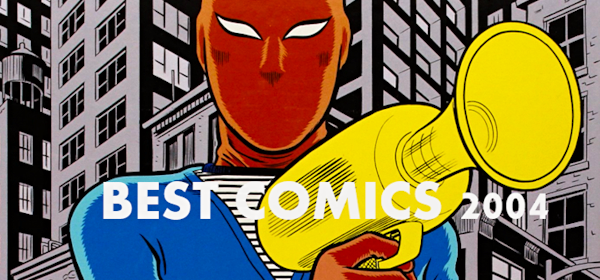Por Tom Spurgeon
Publicado originalmente en The Comics Reporter dot com
– – – – – – – – – –
Here are 40 books that came out in 2004 that I read and enjoyed on some level. I’ve provided some sort of link for each one, but if it took more than three minutes the find the publisher’s entry on it—hello Fantagraphics—I usually just linked to some outside review or shop’s entry.
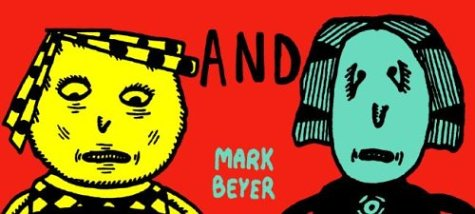
“Amy and Jordan”, by Mark Beyer
Hilariously bleak comic books with an art style almost no one else does in a way that is this graphically interesting.
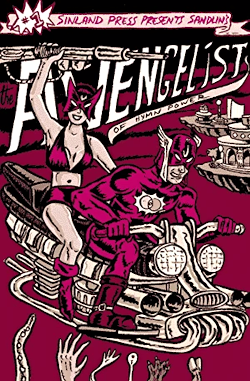
“The Avengelist”, by David Sandlin
The one comic you need this year to be cooler than all your comics-reading friends.
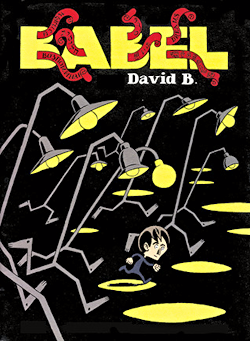
“Babel #1”, by David B.
A beautiful appetizer for the main course that is this year’s collected Epileptic, the cartoonist’s approach to visual imagery perfectly captures how small children create entire worlds out of the small parts they know.
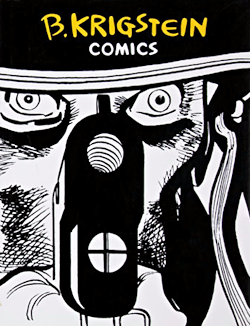
“Bernard Krigstein: Comics”, by Bernard Krigstein
Maybe the most underappreciated book of the year, a rare glimpse into the developing style of a comics master with enough about the commercial considerations involved to take them into account as well.
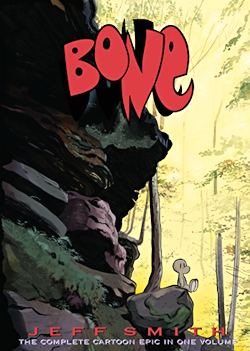
“Bone: One Volume”, by Jeff Smith
All of the problems with narrative flow that plagued the serialized comic melt away in this giant edition, which read at once yields how well Smith used the clash of archetypes and motifs to make his points.
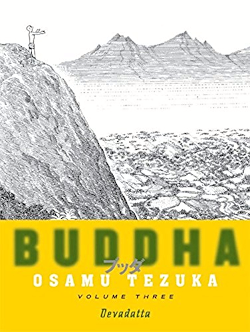
“Buddha Volume Three & Four”, by Osamu Tezuka
The cartooning here is just lovely, and I’m not feeling smart enough this morning to say much of anything else.
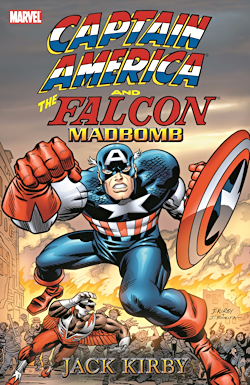
“Captain America and the Falcon: Madbomb”, by Jack Kirby
Jack Kirby’s third big run on the Captain America character led to more negative mail in the pages of a Marvel comic book than I can ever remember seeing printed, but these are lively, energetic and often very funny comics.
“Doonesbury” (Serialized), by Garry Trudeau
Trudeau made his best points this year the way he did at the height of his powers: by stepping away from some of his more obvious head-on political strips and making use of the tremendous goodwill built up by his best characters.

“Dungeon Volume One”, by Lewis Trondheim and Joann Sfar
Amusing stories with lots of jokes that actually pay off, reinforced by imaginative and inventive character design. I would buy comic book versions of this every week if that’s how often they came out.
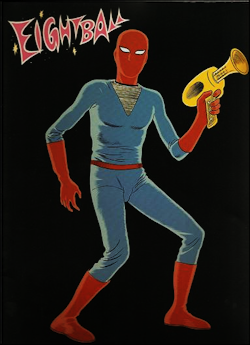
“Eightball #23”, by Dan Clowes
The oblique storytelling strategies add grace and depth to character insights that depend more on pitch than novelty.
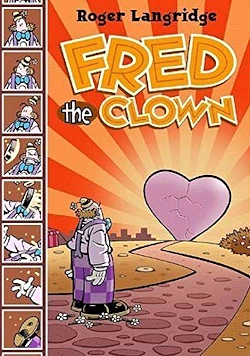
“Fred the Clown”, by Roger Langridge
Every page of Langridge’s comics are beauts, and while the foreign-to-today rhythms and story structures may be initially off-putting, surrender yields a unique and delightful reading experience.

“Jimbo in Purgatory”, by Gary Panter
What’s wrong with enjoying a comic simply because it’s handsome and clever?

“Kramer’s Ergot #5”, Edited by Sammy Harkham
Even better than volume 4, with a half-dozen near-great individual offerings. The one I read first was Kevin Huizenga’s; the one I remember most was Ben Jones’.

“Krazy & Ignatz 1933-1934”, by George Herriman
It’s impossible for me to write about Krazy Kat anymore, but I looked at this book for hours.
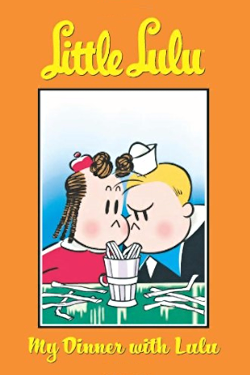
“Little Lulu Volume One”, by John Stanley
It’s about time.

“Locas”, by Jaime Hernandez
Jaime Hernandez uses romance and fantasy in ways that depict the worldview and mindset of his characters as much as reveal any specific thematic point.
“Love and Rockets”, by Jaime, Gilbert and Mario Hernandez
Gilbert’s been on a run for a while now but Jaime’s work seemed particularly strong this year. I really enjoyed the year-ender’s pieces on Doyle and Ray, with storytelling approaches that cleverly bump up against one another.
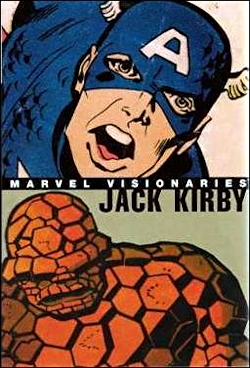
“Marvel Visionaries: Jack Kirby”, by Jack Kirby
I just like looking at the stuff, and this is a pretty damn good selection for this kind of project. Okay, I like reading the stuff, too. Admittedly, I read Kirby comics with the frequency my Mom watches Law and Order.
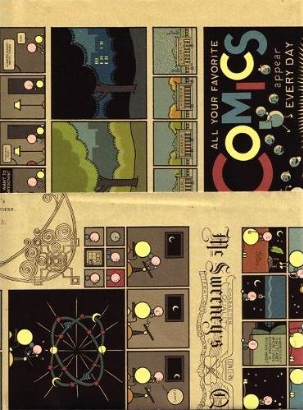
“McSweeney’s Quarterly Concern #13”, Edited by Chris Ware
I remember this mostly for how damn good-lookin’ it is, and David Heatley’s portrait of his father, which nearly made me cry.
“Naruto”, serialized in Shonen Jump, Masashi Kishimoto
I like how the cartoonist (or, far more likely, the studio) depicts action. I also like the character designs. It’s the belle of the ball in Shonen Jump.

“Or Else #1”, by Kevin Huizenga
Everything about this comic works for me, so I can’t really say much more than that. It’s almost enough to restore my faith in cartoonists younger than 40 and the serial comic book. Please buy it.
“Paper Rodeo and anything relating to it”, by Various
The paper and web site where I still feel out of place enough for it to be exciting.
NOTA: Creado por el colectivo artístico “Fort Thunder” (originario de Providence, Rhode Island), “Paper Rodeo” fue una antología de comics en tamaño tabloide, ofrecida gratuitamente. Finalizó publicación tras 19 tomos en 2006.
“The Perry Bible Fellowship”, by Nicholas Gurewitch
I don’t know anything about this, but it made me laugh.
NOTA: “Perry Bible” es una tira cómica que inició en el año 2001, publicada irregularmente por Gurewitch en el periódico “The Daily Orange” de la Universidad de Syracuse. Su popularidad la llevó a ser reimpresa en otras publicaciones, además de tener un par de tomos compilatorios por Dark Horse Comics entre 2007-2009.
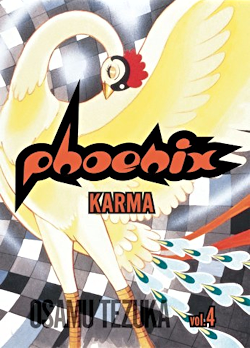
“Phoenix: Karma” by Osamu Tezuka
I have no idea why I like this as much as I do, or rather, I haven’t figured it out yet.
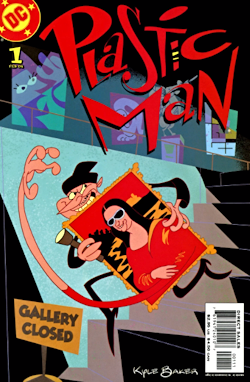
“Plastic Man”, by Kyle Baker
Goofy and straightforward humor comics, with lots of dumb gags.
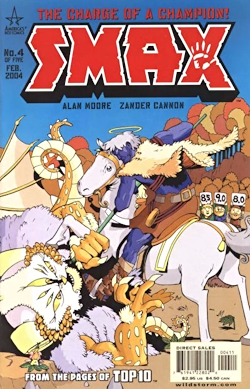
“Smax”, by Alan Moore and Zander Cannon
A smartly written, attractively drawn straight forward fantasy with some nearly Will Elderesque background jokes and a few genuinely unsettling action scenes. A big mishmash of other genres is often the best thing about classic superhero stories, and it is here as well.
Steve Bell in “The Guardian”
He went for it knives out this year, and it was an amazing thing to watch.
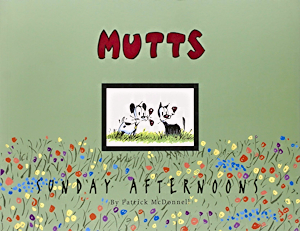
“Sunday Afternoons”, by Patrick McDonnell
McDonnell’s Sundays remain really superb, and I think the longer he does the strip, the more inventive some of his work has to become to keep it interesting.
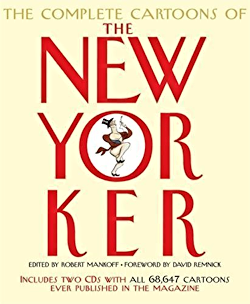
“The Complete Cartoons of the New Yorker”, edited by Robert Mankoff
With the CDs, about a month’s worth of seriously great cartooning from a half-dozen masters and about two dozen really considerable talents.
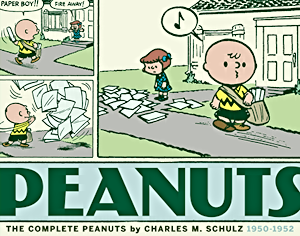
“The Complete Peanuts 1950-1952” & “The Complete Peanuts 1953-1954”, by Charles Schulz
I like Schulz as a gag man, and there was something genuinely beautiful about his early strips that wasn’t there anymore within even five or six years.
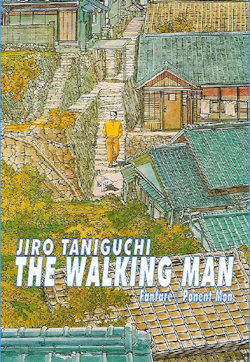
“The Walking Man”, by Jiro Taniguchi
Slight, but beautiful.
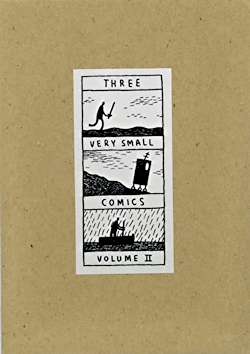
“Three Very Small Comics”, by Tom Gauld
The only mini-comic that I remembered reading this year when it came time to do this list; very clever approaches to the format, and nicely realized figure design.

“Tokyotribes Volume One”, by Santa Inoue
I think this book is slightly overrated, and I frequently cringed when certain story elements were exaggerated for effect, but I liked the mix of drawing styles that sometimes carries whole scenes.
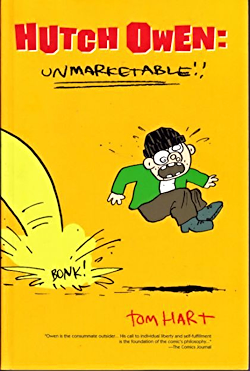
“Unmarketable”, by Tom Hart
A nice reminder of how good a writer Hart is.
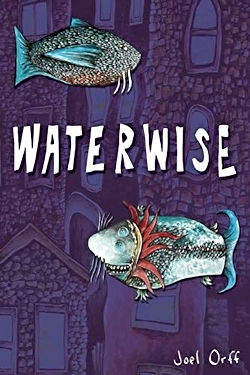
“Waterwise”, by Joel Orff
Kind of a slight book, but once I gave way to its rhythms I really enjoyed he way he depicted the encounters with natural scenery.
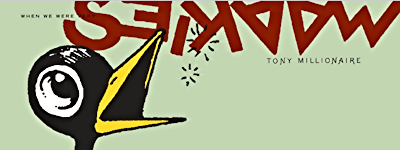
“When We Were Very Maakies”, by Tony Millionaire
What can I say? I think he’s funny.
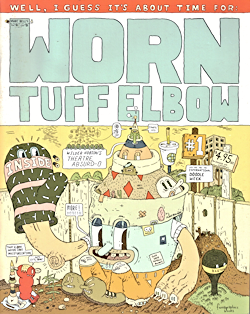
“Worn Tuff Elbow”, by Marc Bell
If I read these and they didn’t work as stories, which they do, the idiosyncratic visual approach would still draw my attention.

“You Can’t Get There From Here”, by Jason
A slightly larger canvas than I’m used to, but the humor is so fearlessly patient I ended up admiring it quite a bit.
Hey, that’s a lot of pretty good books.
If pressed, I think my number one would be The Complete Cartoons of The New Yorker, a massive book and CD pairing that I very, very much enjoyed and continue to read. The rest of my top five would probably be the Tezuka, the Herriman, the Schulz and a tie between Bone and Locas.
My biggest surprise was probably Joel Orff’s Waterwise.
As far as the new superhero comics go, the absence of which will make this list invalid in some people’s minds: I enjoyed a few new superhero comics (Sleeper, New Frontier, even Street Angel) and I generally think the level of craft is high on a lot of books now. I mean, I can pick up an issue of Ex Machina or The Intimates and I can understand what’s going on, and they hold my attention in the same way some show on HBO or FX might.
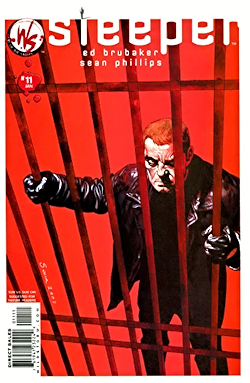
And yet I wasn’t really impressed by any of them, even in a minor way. My problem seems to be that more than ever the superhero comic books lack the quality that comes with being a complete story, with payoffs and a point—even the kinds of complete stories that we’ve come to expect within the parameters of modern superhero comics. They read more than ever like unpacked movie pitches or series bibles designed to throw attention onto the creators rather than anything designed to exist on its own merits and make people want to read them a couple of years from now. No work is strong enough right now to have created its own context in which to be appreciated; everything is read as part of this general and ongoing superhero assault and has to be qualified in on that level.
Before anyone asks, I didn’t read Identity Crisis; it looked ugly and dumb, and I’m going to put it off as long as possible, maybe forever.

My biggest disappointment in 2004 was The Smithsonian Book of Comic-Book Stories, which in many respects was fine but editor Bob Callahan chose poorly for some major artists (both Hernandez brothers; Kirby; Eddie Campbell) and weirdly used a gigantic Frank Stack story as his only real break from alt-comics orthodoxy, something I think upset the balance of the anthology.
